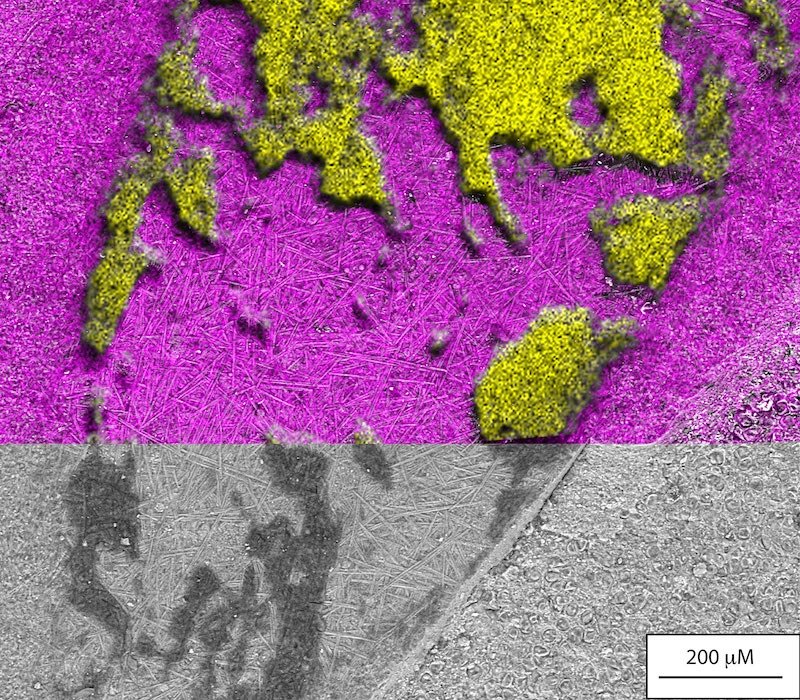Researchers studying 22.5 million-year-old fossils in France were surprised when spiders glowed under a fluorescent microscope. The team says this flare is probably due to fossilization conditions.

Spiders lived in a lake or lagoon environment at the end of the Oligocen age. The layer of rock they have been studying since the late 1700s is so full of fossilized insects that it is known as the ‘Insect Bed’.
Researchers studying spider fossils wanted to fully understand what conditions provided such good conservation conditions, and in the process discovered fluorescence.
“The autofluorescence we observe here is a result of the chemical composition of the rock matrix and altered biological remains,” said Alison Olcott, a chemical paleontologist at the University of Kansas and lead author of the paper. But nothing about autofluorescence is unique to spiders,” he said.
So there’s no old Spider-Man story here. Spiders were normal enough arthropods when they were alive, and there was no glow in their hard exoskeletons. Yet under the fluorescent microscope, details of their anatomy, such as the abdomen and paws, stood out.
Using a scanning electron microscope, the team found many spherical and needle-like microfossils that covered the same layer of rock as the spider. Then, by subjecting the fossils to an energy-dispersing X-ray spectroscopy, he determined that microfossils consisted of silica.

Most of the microfossils were silica algae, diatoms that still dominate the Earth’s oceans today. Researchers believe diatoms protect soft tissue organisms in this ancient environment. Specifically, microalgan mats, called extracellular polymeric substances, stabilized the chemistry of spiders and protected them from degradation. The different polymers in the fossil caused automatic fluorescence to appear under certain lighting.
“If you came across a sticky mat that looked like a colored inflorescence on a lake or pond, on a rock, or even in a puddle on the sidewalk, you saw EPS, because that’s what helps biofilm stick together and stick to surfaces,” Olcott said. Olcott adds that bacterial EPS is used as a darkener in the construction of teddy bear-shaped jellybeans. So you probably ate that, too.
The researchers theorized that the way spiders are protected occurs as follows: Arthropods drifted to the surface of a lake or lagoon on a diatom mat that sank into the sediment base. Spiders found in diatoms then experienced the normal compression of the sediments that led to the formation of fossils.
This isn’t the first time the University of Kansas has researched glowing fossilized spiders. In 2019, Paul Selden, co-author of the new paper, researched the preserved glowing eyes of a 100-million-year-old spider. It probably won’t be the last time. The team plans to examine the site at Aix as well as other deposits to see how much the preservation of similar fossils may be linked to diatom mats elsewhere.
This is a small step for paleontology, and eight small steps for the subdisciplinary of fossil autofluoresceence.
Olcott, A.N., Downen, M.R., Schiffbauer, J.D. et al. (2022). The exceptional preservation of Aix-en-Provence spider fossils could have been facilitated by diatoms. Commun Earth Environ 3, 94.



